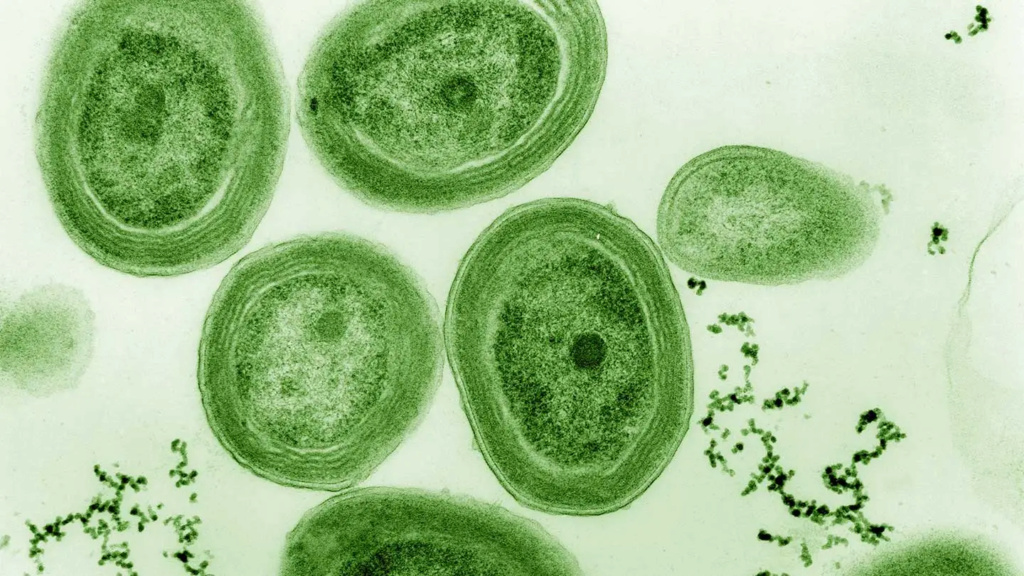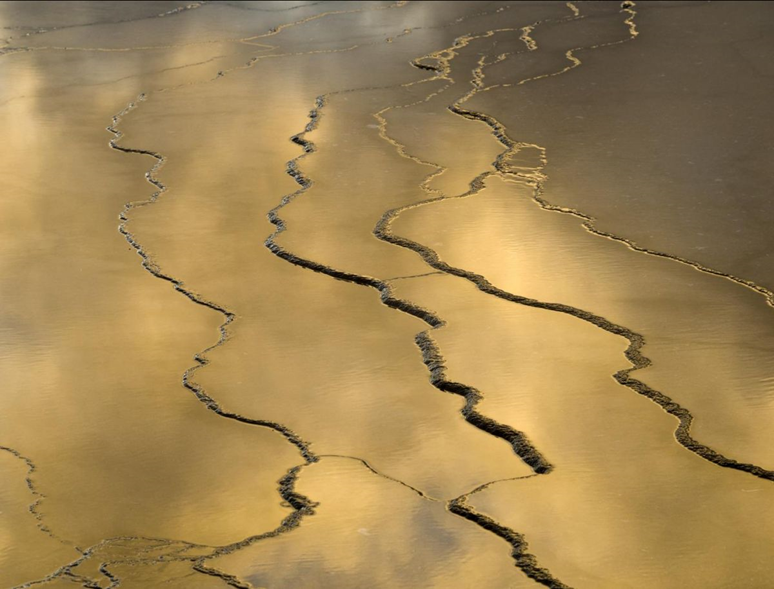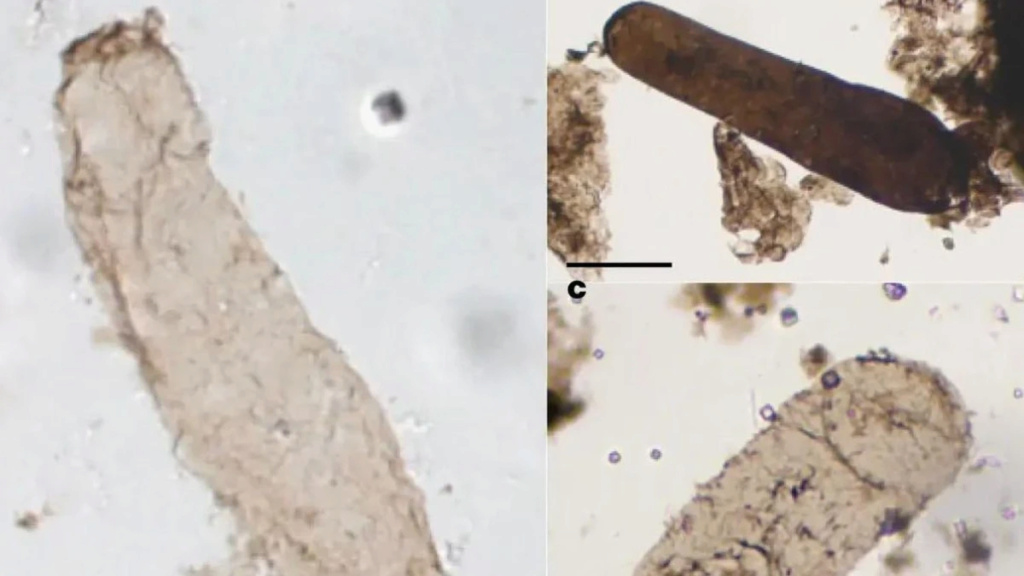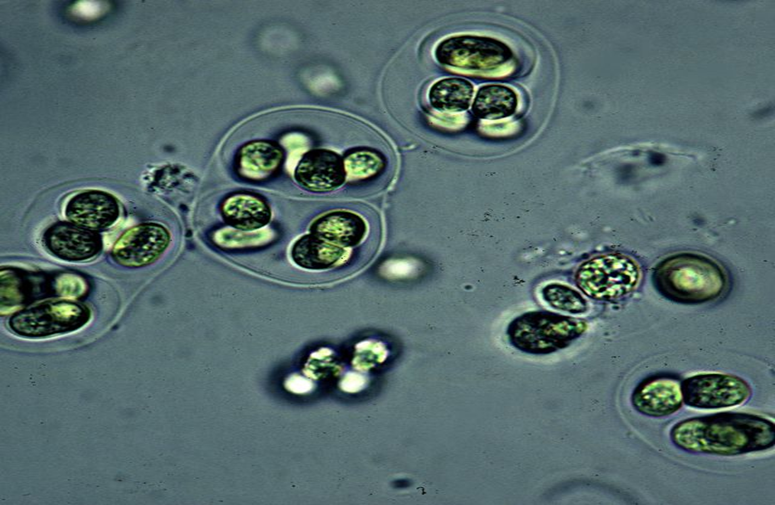At the origins of life: photosynthetic bacteria 1.75 billion years old have been discovered

Cyanobacteria possessing a very specific element at the origin of terrestrial oxygenation and the emergence of complex life were found in a microfossil dating from 1.75 billion years ago... Or 1, 2 billion years older than the oldest known evidence.
The first bacteria capable of oxygenic photosynthesis (producing oxygen), in the manner of what would become plants, appeared at least 1.75 billion years ago, discovered researchers from the University of Liège (Belgium). This is the oldest direct evidence of the presence of photosynthetic microstructures called "thylakoids", at the basis of the modern plant kingdom.

Cyanobacteria at the origin of 1.75 billion year old plant chloroplasts
Under the researchers' microscope, assemblages of Australian microfossils dating back 1.75 billion years – or 1.5 billion years before the appearance of dinosaurs – are carefully observed. Scientists suspect they contain cyanobacteria, bacteria capable of oxygenic photosynthesis and which preceded plants. Cleaned with acid to retain only the organic matter, then embedded in resin and cut with a diamond knife, the samples are now reduced to slices so thin that electrons pass through.
This is how, thanks to transmission electron microscopy, scientists made an astonishing discovery. A microscopic ultrastructure essential to plant photosynthesis as we know it today, but of which no fossils older than 0.55 billion years were known: thylakoids. “Thylakoids are unique to cyanobacteria and chloroplasts of plants and algae,” explains Emmanuelle Javaux, biologist and geologist who led this work published in the journal Nature. And for good reason: originally, chloroplasts are cyanobacteria which were internalized by eukaryotic cells - the cells with nuclei making up animals and plants, among others.

Understanding the Great Oxygenation of the Earth
It is therefore proven: cyanobacteria possessing thylakoids, at the origin of plant life, already existed 1.75 billion years ago! If this is important, it is because cyanobacteria in general and those possessing thylakoids in particular played a fundamental role in the emergence of the complex life forms that we know. 2.4 billion years ago, the Earth's atmosphere became significantly enriched in oxygen on a permanent basis, reaching up to 5% of the air composition – compared to around 20% today. This is what scientists call the Great Oxygenation Event (GOE).
Formerly populated mainly by anaerobic organisms (for which oxygen is a poison), the Earth is increasingly home to cyanobacteria, which produce oxygen through oxygenic photosynthesis. “Cyanobacteria use CO2, sunlight and water to produce sugars and oxygen,” explains Emmanuelle Javaux. A process which probably already existed three billion years ago in cyanobacteria lacking thylakoids, the first to appear, but whose effectiveness is increased tenfold in those which possess them.

“The appearance of thylakoids in cyanobacteria could have amplified the GOE,” suggests Emmanuelle Javaux. To find out, we have to go even further, in search of even older thylakoids. Patient and meticulous work, as the formation of fossils depends on a multitude of conditions which can permanently alter the rocks and the traces of life they contain. “We were not sure that 1.75 billion year old fossils preserved microstructures inside fossil cells!”, recalls the biologist. Priceless witnesses of microscopic life “the most diverse on Earth since the origins of life” which the scientist always considers as “treasures”, she adds with a smile.
Source: websites

